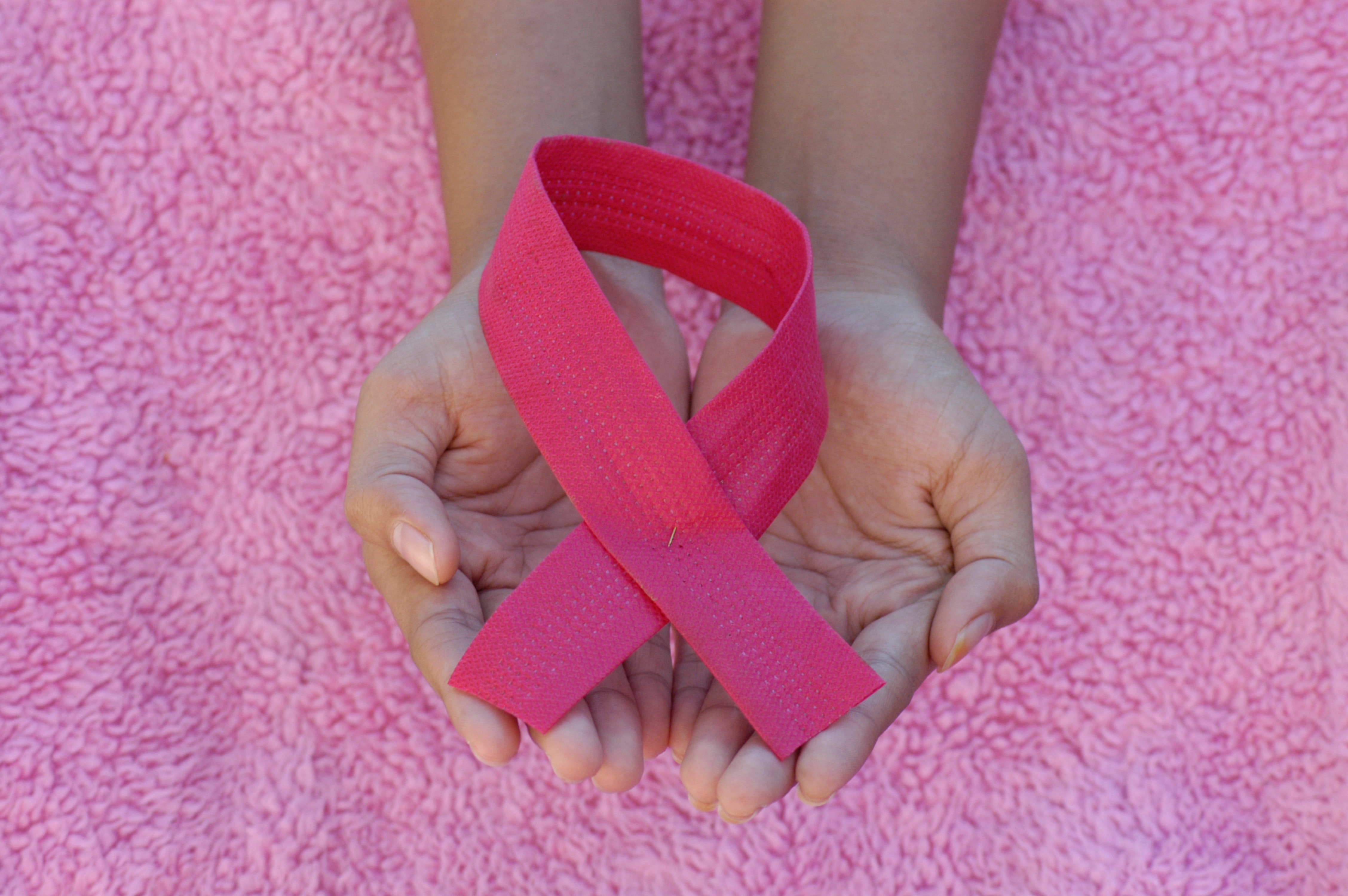Interview with Silvia Riondino, Professor at UniCamillus
Also this year, despite the ongoing health emergency due to Coronavirus, we celebrate the free campaign for breast cancer prevention. Throughout the month of October, the Lazio Region guarantees the possibility for all women to undergo free breast screenings in the health facilities participating in this project.
An important initiative that becomes even more important during the health crisis that has also had serious consequences on severe diseases such as breast cancer. According to Komen Italia, in fact, during the months of the pandemic, breast screenings were significantly reduced. This means that a large number of women with breast cancer who could have been diagnosed at an early stage will face the disease later in time and, therefore, at a more advanced stage.
Silvia Riondino is Professor of Oncology in the following UniCamillus Degree Courses: Physiotherapy, Nursing, Biomedical Laboratory Techniques, Radiology, Diagnostic Imaging and Radiotherapy Techniques. She also teaches Oncological Dysphagia for the Online Master in Deglutology and Related Disorders at UniCamillus.
In this interview, the Professor highlights the importance of dedicating a whole month to one of the most frequent neoplasms ever and the problems that have been encountered due to the Coronavirus.
What progress has been made in recent years in the field of research and surgery to combat breast cancer?
I would say enormous progress. In order to understand the extent of the problem, one in eight women in Italy is diagnosed with breast cancer, corresponding to almost one third of all female cancers, according to data from the Associazione Italiana dei Registri dei Tumori (AIRTUM). And these advances have allowed more and more women to be diagnosed at an early stage of the disease and those who present with an advanced stage to live longer. Surgery has been a mainstay of breast cancer treatment for several decades, initially representing the only treatment in early stage management. In recent decades, we have witnessed the transition from more radical options, such as total mastectomy, to more conservative approaches. The discovery of disease subtypes, characterized by the expression of certain molecules, has brought significant advantages in the design of the diagnostic and therapeutic strategy. The presence of estrogen and progesterone receptors identifies the most represented subgroup (about 80%), which can be effectively treated with hormone therapy. The presence of the human epidermal growth factor receptor (HER2) identifies another group of patients who can be treated with drugs directed against this molecule. The developments in personalized therapy based on gene mutation have meant that in recent years there has been an explosion of new drugs that have shown better efficacy in combination with endocrine approaches that, even in advanced breast cancers, allow to prolong survival and maintain a decent quality of life.
Do you think that this event is able to raise awareness on the importance of prevention and early diagnosis of this disease?
Breast cancer incidence is on the rise in the developing countries due to increased life expectancy, increased urbanization and the adoption of the so-called “Western” lifestyles. The role that prevention plays in reducing the number of cancer deaths is irreplaceable. Preventing the onset of cancer not only reduces the number of new cases in the population but also the number of deaths attributable to it. Prevention involves different intervention phases. Primary prevention is based on the elimination of risk factors, and on the increase of factors that may be protective against the onset of the disease (including regular exercise and a healthy diet). In fact, everyone knows the predisposing role played by smoking and alcohol on the onset of cancer, but the negative influence of overweight is not sufficiently emphasized, since adipose tissue is the main source of synthesis of circulating estrogen hormones. In some patients considered to be at high risk, such as those who have hereditary or familial forms of breast cancer, the use of chemoprevention drugs may also be considered. However, this does not always guarantee that it will be possible to prevent the onset of a cancer. Here another method of prevention comes into play, called secondary, which allows the early diagnosis of tumors at an early stage. Surely the greater availability of diagnostic tools allows for early diagnoses which, as such, are associated with a longer survival. According to the data from the Associazione Italiana di Oncologia Medica (AIOM) a stage 0 diagnosis, the so-called carcinoma in situ, allows a 5-year survival close to 100%. Popular and practical initiatives such as the month of prevention, which allows raising awareness about the incidence of the disease and, for a large number of women, to access diagnostic programs in a simpler way, have and will always have an extremely important role.
Which problems have increased due to Coronavirus health emergency?
Certainly, the pandemic caused by COVID-19 has had a negative impact worldwide on health systems, which were not used to dealing with such an emergency. The conversion into COVID HUB of hospitals that were previously responsible for the management of patients with all pathologies, including oncological ones, has caused a reassignment of priorities to COVID patients with consequent remodeling and inevitable reduction of access of patients with other pathologies, including neoplastic ones. The problem related to COVID was twofold; on the one hand, surgeries, outpatient visits, follow-ups and, clearly, the screening programs that were most affected have been deferred. On the other hand, some cancer patients were found to be at greater risk of contracting COVID-19 infection due to the impairment of their immune system caused by the very presence of the disease and by the antineoplastic therapies in place. The major national and international societies (the congress of the European Society for Medical Oncology, ESMO has just ended) have prepared guidelines that allow the correct management of patients under active treatment, guaranteeing a supply of drugs (in the case of oral therapies) that covers several months, avoiding them from traveling too frequently to hospital settings and promoting measures such as telemedicine.

